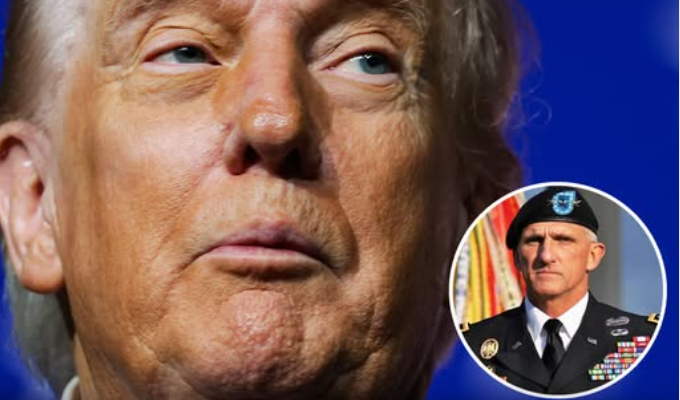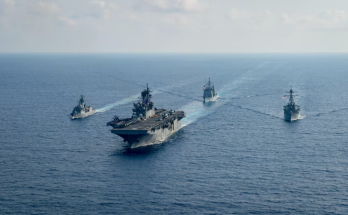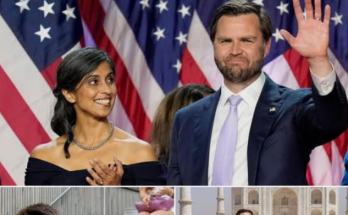On September 30, 2025, an unprecedented gathering of hundreds of U.S. generals and admirals took place at Marine Corps Base Quantico, Virginia. The meeting, ordered by Secretary of War Pete Hegseth and attended by former President Donald Trump, triggered widespread backlash within defense circles and beyond. It was widely seen as a political spectacle rather than a professional military briefing, raising serious concerns about politicization, morale, and national security.
The event, dubbed by some critics as a “loyalty rally,” summoned every flag officer (O-7 and above) from across the branches of the military. Many had to abandon global commands and travel at short notice, which raised alarms about operational readiness and security risk. “It could have been an email,” one senior official told Politico, summarizing the frustration among those forced to attend.
Hegseth, a former Fox News contributor and now head of the Department of Defense, used the platform to rail against what he called the military’s descent into “woke ideology.” His remarks targeted diversity initiatives, women in combat, mental health programs, and what he referred to as “overweight generals and beardos.” He demanded stricter physical fitness standards, reinstatement of grooming rules, and a return to what he called a “warrior ethos.” According to sources at the meeting, Hegseth made it clear that leniency, inclusion, and progressive policy would no longer define the military’s culture.
Trump’s speech, though characteristically vague in policy details, was incendiary in tone. He repeated his oft-criticized line about the “two N-words”—one being “nuclear”—and emphasized that the military must prepare to “defend American cities” and “restore order” as crime and protests rise. He stopped short of giving specific directives, but critics argue his statements leaned heavily toward domestic deployment of troops—a highly controversial and legally restricted proposition.
The content and format of the meeting were immediately condemned by a number of former and current military leaders. Retired Lt. Gen. Mark Hertling, speaking on MSNBC, accused Hegseth of violating long-held military norms. “What happened at Quantico wasn’t about readiness or leadership—it was about pressure, politics, and performance,” he said. Hertling warned that such theatrics erode trust in civilian-military relations and could push officers to consider unlawful actions under political duress.
While no mass firings were publicly announced, the gathering has been interpreted by some as a warning shot—a message that ideological nonalignment may carry career consequences. Defense experts worry this could have a chilling effect across the officer corps, deterring dissent and compromising the integrity of military advice provided to civilian leaders.
Equally concerning is the risk posed by assembling so many senior military leaders in one location. Concentrating top brass in a single, unsecured site for what appeared to be political messaging introduced what some described as an “unacceptable operational hazard.” In the event of a national emergency during the meeting, the military’s leadership would have been critically exposed.
Beyond the immediate controversy, the long-term implications may be most damaging. The military’s legitimacy rests heavily on its nonpartisan nature and professional integrity. Public displays like the Quantico meeting, particularly when filmed and widely distributed, risk transforming America’s armed forces into instruments of ideology rather than guardians of the Constitution.
As the dust settles, the Pentagon must contend with both internal morale issues and a fractured public perception. Officers are returning to their posts with questions, not clarity. And for many observers, the event signaled a troubling shift in how civilian leaders view the military—not as a strategic institution, but as a stage for political theater.



